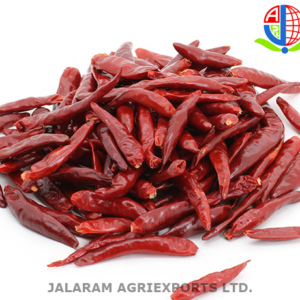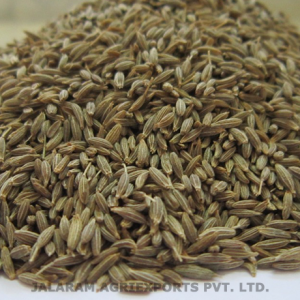Ginger Produces Clusters Of White And Pink Flower Buds That Bloom Into Yellow Flowers. Because Of Its Aesthetic Appeal And The Adaption Of The Plant To Warm Climates, Ginger Is Often Used As Landscaping Around Subtropical Homes.
Ginger Or Zingiber Officinal Is One Of World’s Best Known Spices And One The Most Well-Researched Herbs In The World. Ginger Or Ginger Root Is The Rhizome Of The Plant Zingiber. It Is Consumed As A Delicacy, Medicine, Or Spice. The Cultivation Of Ginger Began In South Asia. It Is A Major Cash Crop Of Kerala, The Southernmost State Of India. The Plant Usually Has White Or Pink Flower Buds Which Bloom To Yellow Flowers.
Features:
The Main Antioxidant Principles Are The Gingerols And Shogaols And Related Phenolic Ketone Derivatives. Ginger Can Clear Superoxide Anion And Hydroxyl Radicals. Gingerol Has Been Shown To Inhibit Platelet Function By Blocking Thromboxane Formation. Ginger Was Also Suggested To Control The Inflammation Processes. Further, Ginger Acts As A Hypolipidemic Agent. Feeding Rats With Ginger Significantly Elevated The Activity Of Hepatic Cholesterol-7a-Hydroxylase, The Rate-Limiting Enzyme In Bile Acid Biosynthesis. Resulting In The Elimination Of Cholesterol From The Body.
Health benefits:
- Try Pure Ginger Juice For Upset Stomachs, Nausea, Heartburn, Abdominal Cramps, And Motion Sickness. Drinking Ginger Tea In The Morning Helps With Morning Sickness.
- Ginger Can Be Useful In Keeping Cholesterol Levels Under Control.
- Ginger Helps In The Digestion Since It Contains A Compound Similar To The Digestive Enzymes Found In Our Digestive Tract, Which May Help To Digest A Heavy, Protein-Rich Meal More Easily.
- Ginger Can Be Chewed To Relieve Toothache.
- Hot Ginger Drink Is Effective For Cold And Flu.












Reviews
There are no reviews yet.